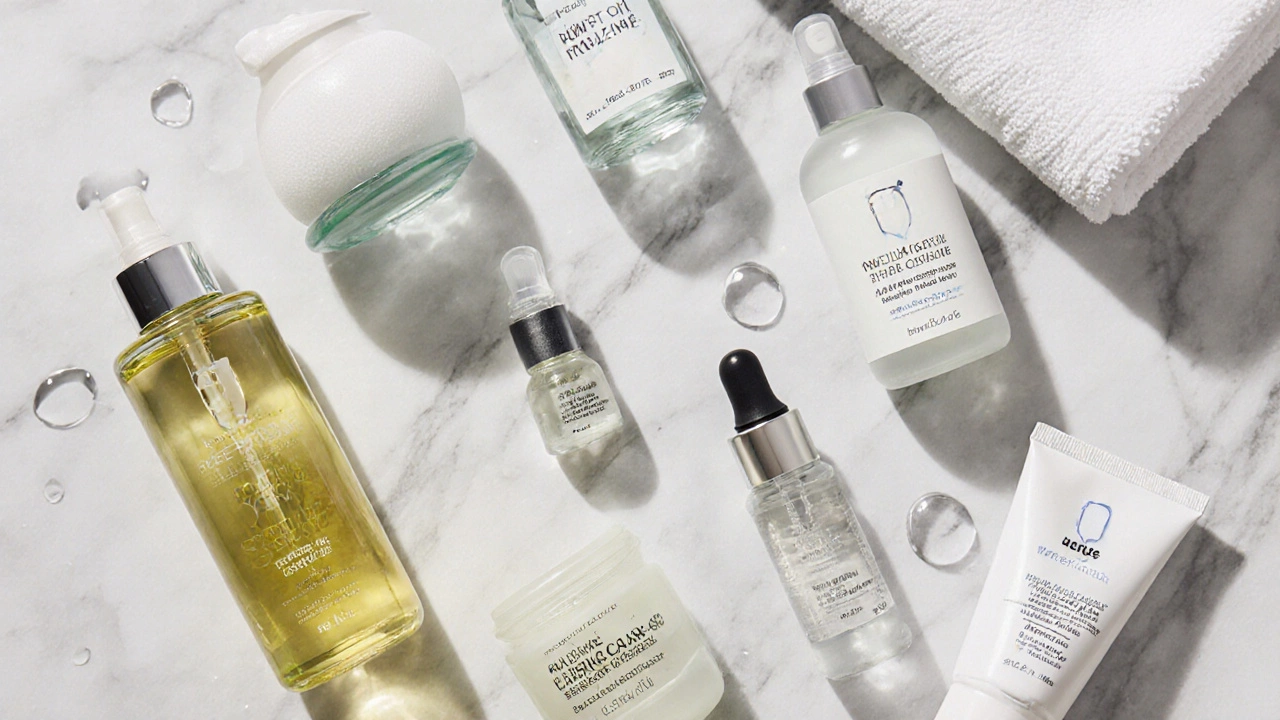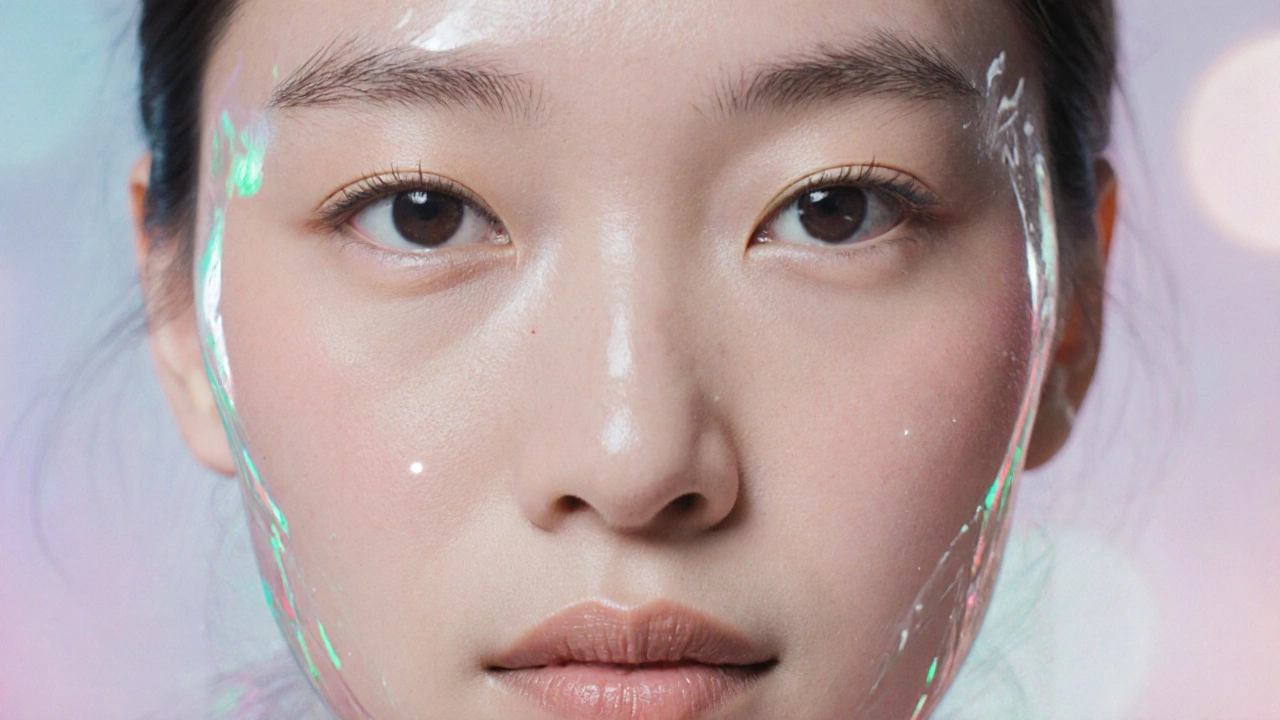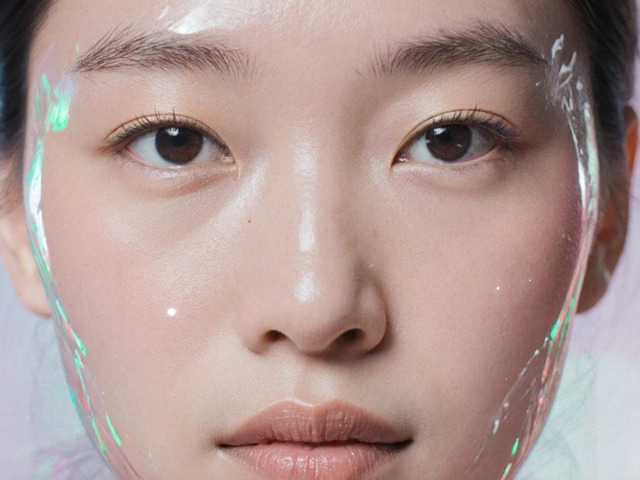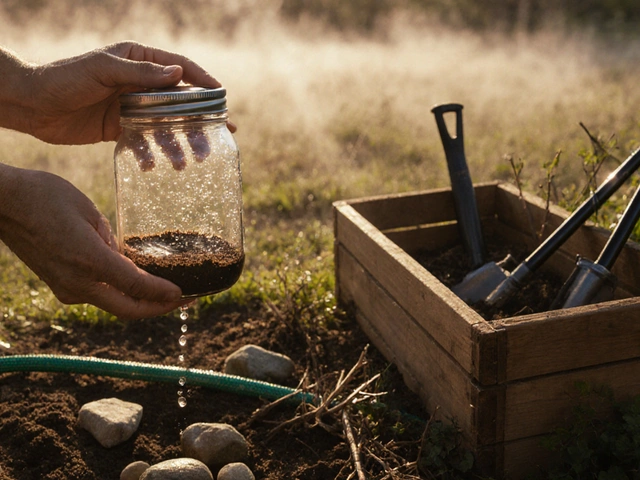Glass Skin Serum Selector
Select your skin type and concerns to find the most suitable hydrating serum from our glass skin routine.
Dreaming of a flawless, almost translucent complexion that looks like it’s lit from within? That’s the promise of glass skin - a smooth, hydrated finish free of visible pores. It’s not a myth; it’s a disciplined routine that mixes the right products, techniques, and lifestyle tweaks. Below is a practical, no‑fluff guide that walks you from the first cleanse to the final sunscreen swipe.
What Exactly Is Glass Skin?
Glass Skin is a Korean beauty aesthetic that aims for a crystal‑clear, dewy finish with a tightly refined texture. The look mimics the smoothness of actual glass - light reflects evenly, pores appear invisible, and the surface looks plump.
The term gained traction after Korean celebrities flaunted the effect on Instagram in the early 2010s. It’s less about a single miracle product and more about layering lightweight, hydrating layers that boost barrier function while gently smoothing the surface.
Core Principles Behind a Poreless Finish
- Double cleanse to wipe away oil and impurities without stripping.
- Gentle exfoliation 1‑2 times a week to keep dead cells from clogging pores.
- Hydration at multiple levels - toner, essence, serum, and moisturizer.
- Barrier protection with sunscreen and occasional occlusive masks.
- Consistency: the skin’s barrier remodels over weeks, not days.
Key Ingredients That Deliver the Glow
While product names vary, a handful of actives consistently show up in high‑performing glass‑skin formulas.
- Hyaluronic Acid - attracts up to 1,000× its weight in water, plumping the epidermis.
- Niacinamide - regulates sebum, refines pores, and brightens uneven tone.
- Centella Asiatica - soothes inflammation and strengthens the barrier.
- Vitamin C - antioxidant that evens pigmentation for a luminous canvas.
- AHA (Alpha Hydroxy Acid) - chemical exfoliant that loosens dead‑cell bonds without micro‑scratching.

Step‑by‑Step Daily Routine
Follow this order every morning and night. Adjust the night steps based on skin tolerance.
- First cleanse - oil‑based remover: Use a micellar water or cleansing oil to dissolve makeup and excess sebum. Massage for 30 seconds, then rinse with lukewarm water.
- Second cleanse - water‑based foam: Choose a sulfate‑free cleanser that foams lightly. This removes residual oil and prepares the skin for actives.
- Exfoliate (2×/week): Apply an AHA serum or a gentle enzyme mask. Leave on for the recommended time, then rinse.
- Toner: Pat a hydrating toner containing glycerin or panthenol onto the skin. It restores pH and adds an initial moisture layer.
- Essence: Light, watery formulas often carry fermented extracts that boost radiance. One‑pump press into the skin.
- Serum: Choose a hyaluronic‑acid serum for hydration, or a niacinamide serum for pore‑refining. Layer thinly.
- Moisturizer: Opt for a gel‑cream with ceramides and centella. It locks the previous layers in place.
- Sunscreen (AM only): A broad‑spectrum SPF 30+ mineral sunscreen prevents UV‑induced collagen breakdown. Apply at least 2 mg/cm² (about a nickel‑size amount for the face).
When you first start, you might notice a slight “tight” feeling. That’s the skin adjusting to the new hydration level. Within 3‑4 weeks, the texture smooths out, and the pores look less pronounced.
Product Cheat Sheet - Top 3 Hydrating Serums for Glass Skin
| Serum | Key Ingredient | Price (NZD) | Texture |
|---|---|---|---|
| Hydra‑Boost Hyaluronic Acid | Hyaluronic Acid (1.2 %) | 40 | Light gel |
| Glow+ Niacinamide Brightening Serum | Niacinamide (5 %) | 35 | Silky lotion |
| Radiant Centella Repair Serum | Centella Asiatica Extract (3 %) | 45 | Viscous cream |

Lifestyle Boosters for a Pore‑Free Canvas
- Hydration from the inside - Aim for 2 liters of water daily; a well‑hydrated body reflects on the skin.
- Balanced diet - Foods rich in omega‑3s (salmon, walnuts) support barrier lipids.
- Sleep hygiene - 7‑8 hours of deep sleep allows cellular turnover to run efficiently.
- Stress management - High cortisol can increase oil production, leading to clogged pores.
- Avoid harsh scrubs - Physical exfoliants can micro‑tears the barrier, making pores appear larger.
Common Pitfalls & How to Fix Them
| Issue | Why It Happens | Fix |
|---|---|---|
| Over‑exfoliation | Too many AHA applications | Scale back to once weekly; add a barrier‑repair moisturizer. |
| Greasy feeling | Using heavy creams on oily skin | Switch to a gel‑cream with silicone base. |
| Persistent breakouts | Ingredients that clog pores (e.g., heavy oils) | Choose non‑comedogenic formulas; incorporate tea tree spot treatment. |
Quick Checklist - Do This Every Day
- Double cleanse (oil then water)
- Apply hydrating toner
- Layer essence → serum → moisturizer
- Finish with sunscreen (AM)
- Exfoliate 1‑2×/week
- Drink water, eat omega‑3 rich foods, sleep 7‑8 hrs
How long does it take to see glass‑skin results?
Most people notice a softer texture and reduced shine after 2‑3 weeks of consistent use. Full translucency usually appears around the 6‑week mark, provided the routine isn’t interrupted.
Can I achieve glass skin with a male skin type?
Absolutely. The routine focuses on barrier repair and hydration, which benefits any gender. Men may prefer lighter gel‑cream moisturizers and fragrance‑free formulas.
Is sunscreen really necessary for glass skin?
Yes. UV rays break down hyaluronic acid and collagen, undoing the plumpness you worked hard to build. A mineral SPF 30+ also avoids chemical irritants that could flare pores.
What’s the difference between a toner and an essence?
Toners are water‑based and mainly rebalance pH while adding light moisture. Essences are thinner than serums but richer than toners, often containing fermented ingredients that boost radiance.
Can I skip the double cleanse if I don’t wear makeup?
If you have an oily or sebum‑prone complexion, a quick oil‑based cleanse still helps dissolve excess oil that water‑based cleansers can miss. It’s the safest route for a truly clear surface.







